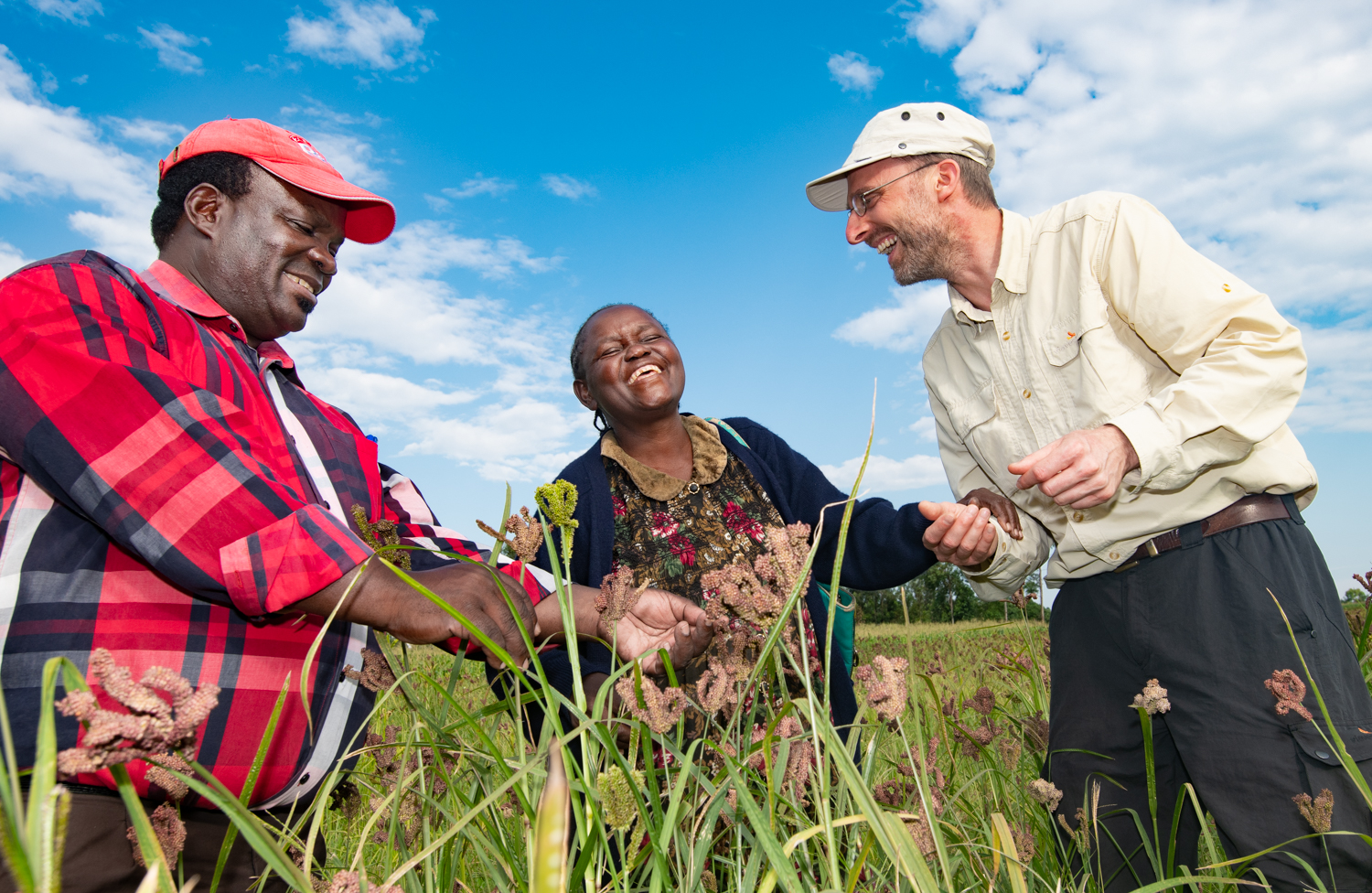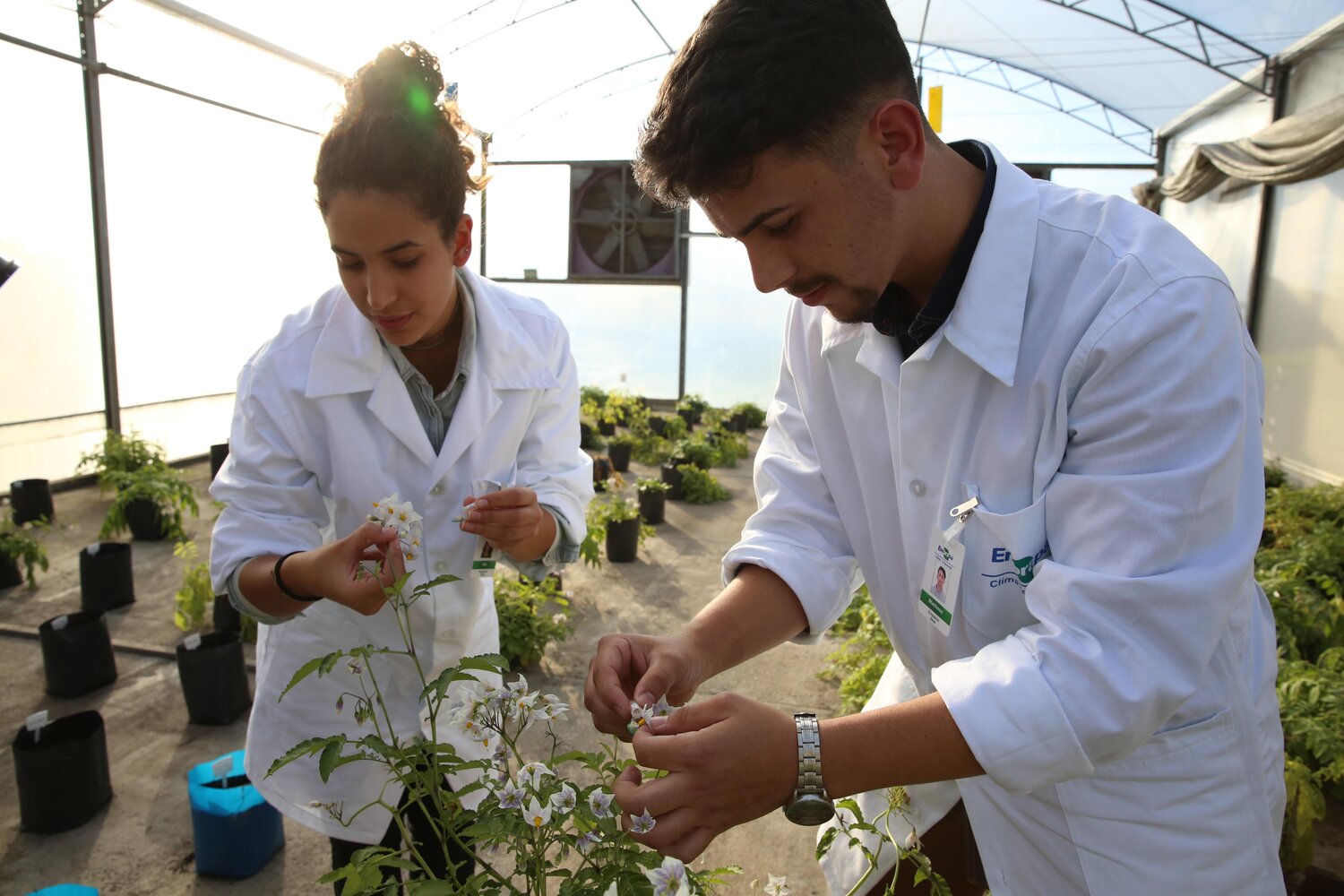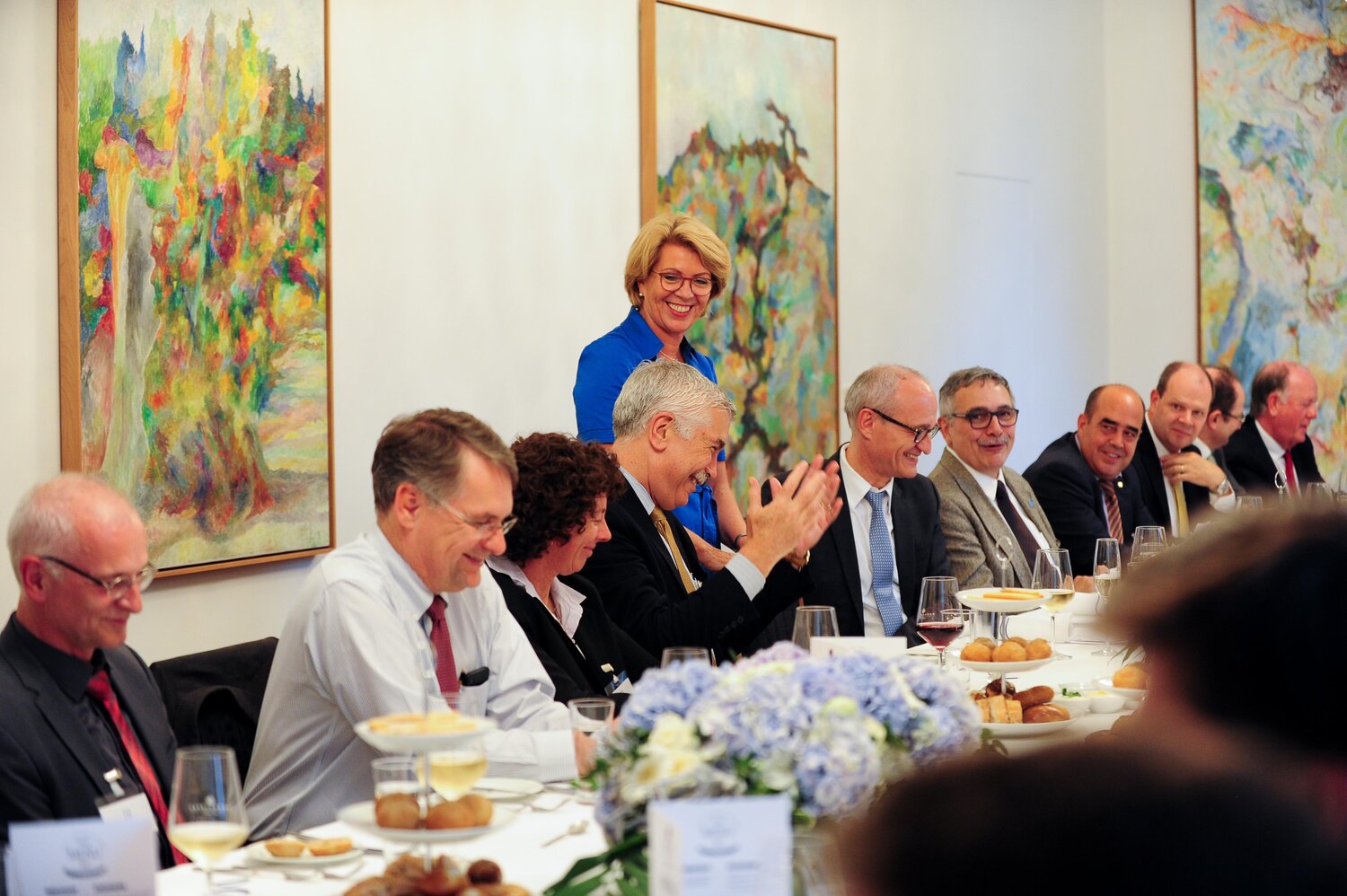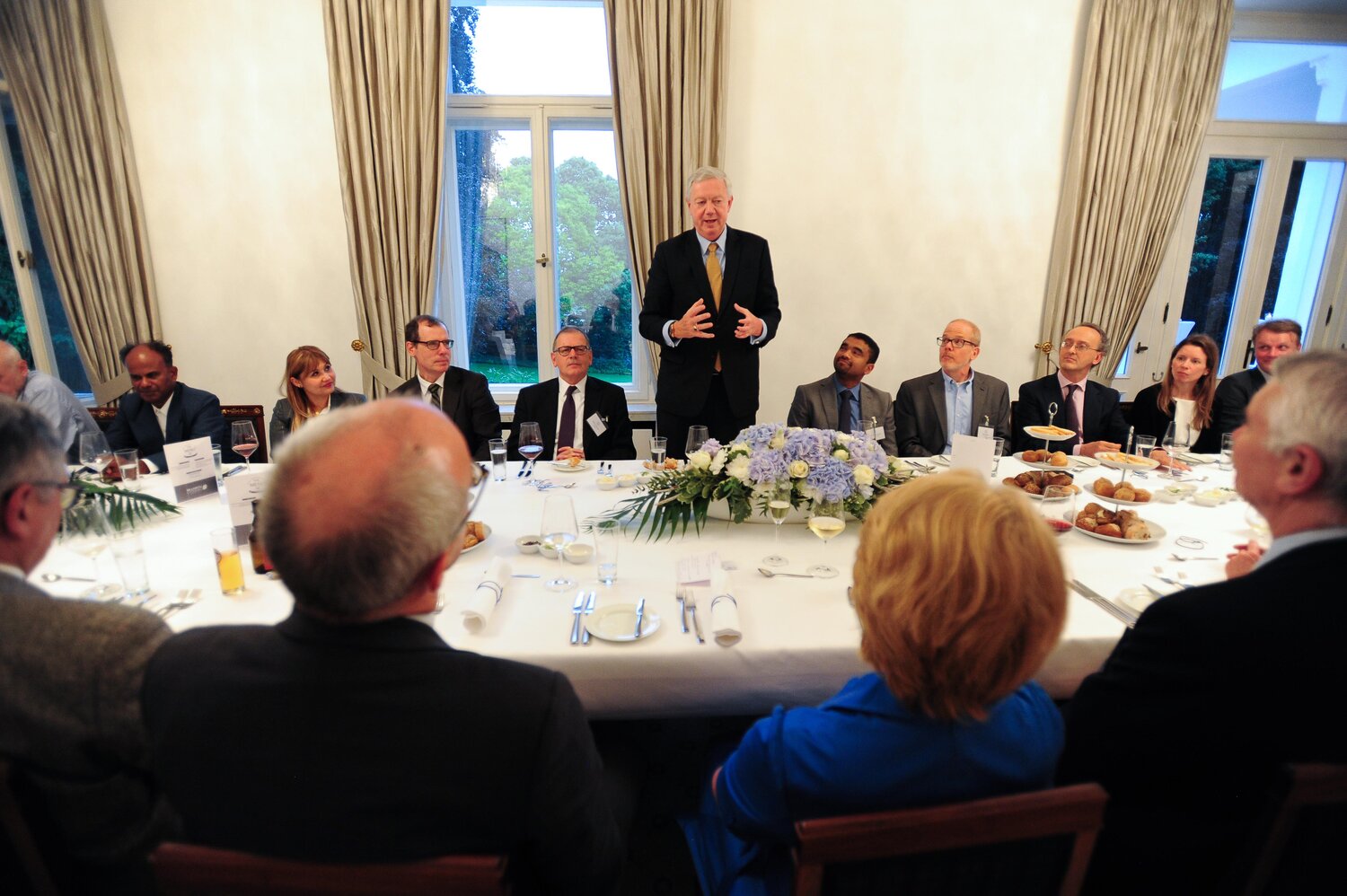'Wild' Times at the Crop Trust

25 July 2018
Marie Haga | Marie's Corner
It’s been a particularly “wild” time for many Crop Trust staff recently, with teams heading to far-flung corners of the world - and often far off the beaten path - as part of the Crop Wild Relatives project.
These expeditions are Indiana Jones-style treasure hunts for rare, wild plants that are the distant relatives of our food crops. Sometimes the teams have to traverse snake territory, or wade across alligator-infested swamps to find them. But the treasure is potentially priceless: these plants are inherently resilient, and could hold the key for adapting agriculture to climate change. Collecting them and conserving them in genebanks means scientists around the world can begin to use them for research.
We’ve already located and collected the wild relatives of 29 priority crops, including potato, banana, oat, durum wheat and lentil.
Our CWR Partners
The most recent country to complete its collecting activities was Ghana where, in June, we joined staff at the country’s Plant Genetic Resources Research Institute (PGRRI) for their wrap-up meeting. They’ve done a truly amazing job: finding and conserving all 85 plant populations they were looking for, including wild sorghum, finger millet, sweet potato, and African rice. These are now conserved in the PGRRI genebanks and backed up at the Millennium Seed Bank of the Royal Botanic Gardens, Kew, in the UK.
Also in June, on the other side of the continent in Kenya, we met up with our finger millet and sorghum “pre-breeding” partners. These are the hardworking scientists whose work includes screening crop wild relatives as part of the process to establish which ones hold the most promise for developing improved varieties. This work marks phase two of the treasure hunt, where the wild plants are grown and studied under controlled conditions, to see if they have any interesting characteristics. It also involves running DNA sequences to see - at the molecular level - what secrets the plants contain.
At the same time, others from the Crop Wild Relatives team were scouring the plains of southern Brazil, with our partners from EMBRAPA Clima Temperado. They were searching for – and found - wild potatoes, in particular Solanum commersonii, which seems to be tolerant to heat, drought, and low temperatures, as well as resistant to several diseases.

The Crop Trust's Dr. Benjamin Kilian in Western Kenya with finger millet pre-breeding partner Dr. Chrispus Oduori of KALRO (left) and farmer Margaret Jubende.

Partners at Embrapa study wild potato relatives.
As I write this, members of the team have just returned from Asia. They met with our pre-breeding partners at the World Vegetable Center in Taiwan, who are working on eggplant and carrot. For eggplant, the aim is to identify new sources of resistance to bacterial wilt – also a major disease of tomatoes, and one that is likely to become more severe as a result of climate change. They’ve also been screening and evaluating materials for tolerance to waterlogging, drought and other diseases. Partners for this work include researchers based in Sri Lanka, Côte d'Ivoire, Taiwan and Spain, as well as representatives from the private sector. For carrot we are joined by researchers from Pakistan, Bangladesh and the United States; researchers from India and Taiwan will join the project soon.
From Taiwan, the Asian odyssey continued to Inner Mongolia and Kazakhstan, to join our alfalfa pre-breeding partners. Alfalfa - a member of the pea family - is a major crop for livestock, being used for grazing, silage and hay. Native to southern Central Asia, wild alfalfa relatives collected as part of the project show great potential for developing commercial varieties that can tolerate drought and low temperatures.
I’m convinced that all of this work – and the enormous excitement surrounding it – will have a long-lasting impact. As breeders everywhere search for ways to make our food crops more productive and resilient against a backdrop of rising temperatures and unpredictable rains, crop wild relatives are a resource we have yet to fully explore. Collecting, conserving and using them is both urgent and vital.
We are, as always, extremely grateful to the Government of Norway for funding this ten-year project.
A Revitalized Donors’ Council

The Crop Trust Donors' Council dinner at Villa Hammerschmidt, Bonn.

The Crop Trust Donors' Council dinner at Villa Hammerschmidt, Bonn.
A little less wild perhaps, but certainly no less productive, June saw our Donors’ Council meeting, held for the first time in Bonn. This brought together some of our most important funders, including high-level government representatives and business leaders under the very capable leadership of our Donors’ Council Chair, Ambassador Hans Hoogeveen (Permanent Representative of the Netherlands to the Food and Agriculture Organization of the United Nations) and Vice Chair, Stefan Schmitz (Deputy Director General at the German Federal Ministry for Economic Cooperation and Development).
We had excellent discussions on the work of the Crop Trust and how we can better align our work with that of the International Treaty on Plant Genetic Resources for Food and Agriculture and CGIAR.
The meeting also established the Donors’ Council Working Group on Innovative Finance. This will provide guidance on the range of new and exciting fundraising initiatives currently being considered by the Crop Trust. We are grateful to those participating in the Working Group and look forward to getting started in August. The Working Group will provide a preliminary report to the Crop Trust Donors’ Council meeting in Rome in October and will present its final report at next year’s Donors’ Council meeting in Bonn.
From the Secretariat’s side, we consider the Donors Council meeting a great success. We believe we have found a good format, and we have an excellent basis to improve the meeting even further next year.
Best regards from all of us in Bonn,
Marie
Category: Crop Wild Relatives
